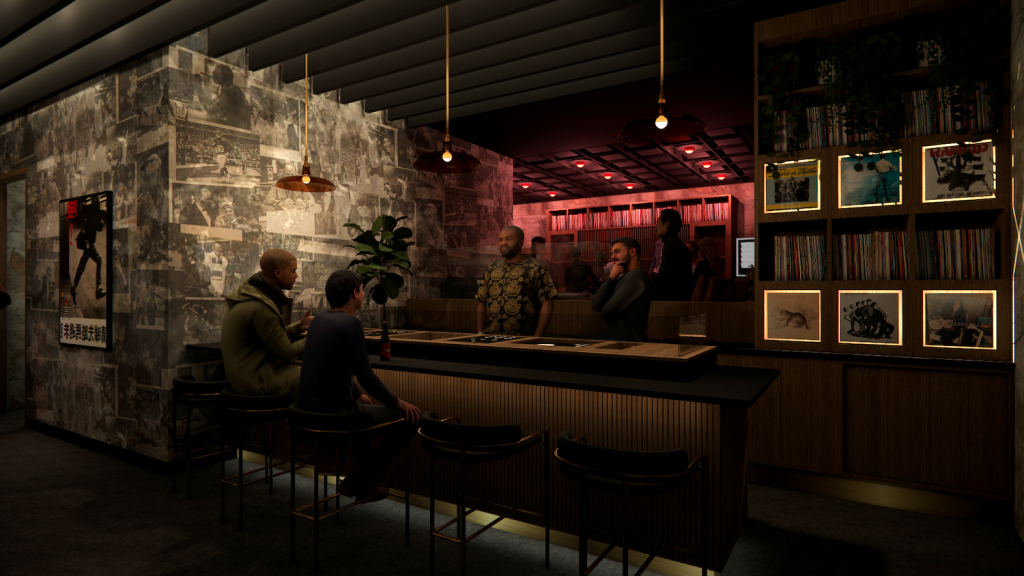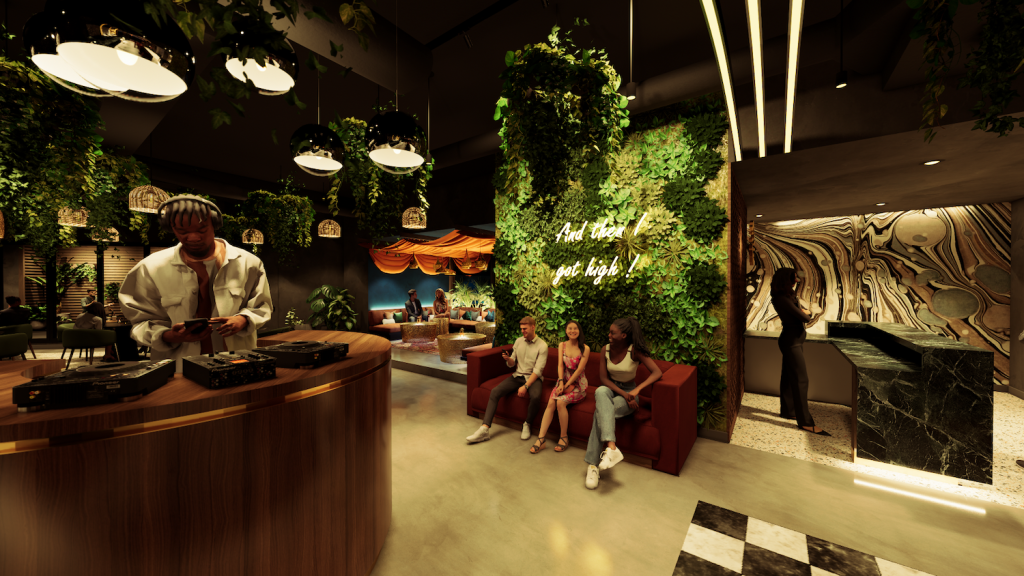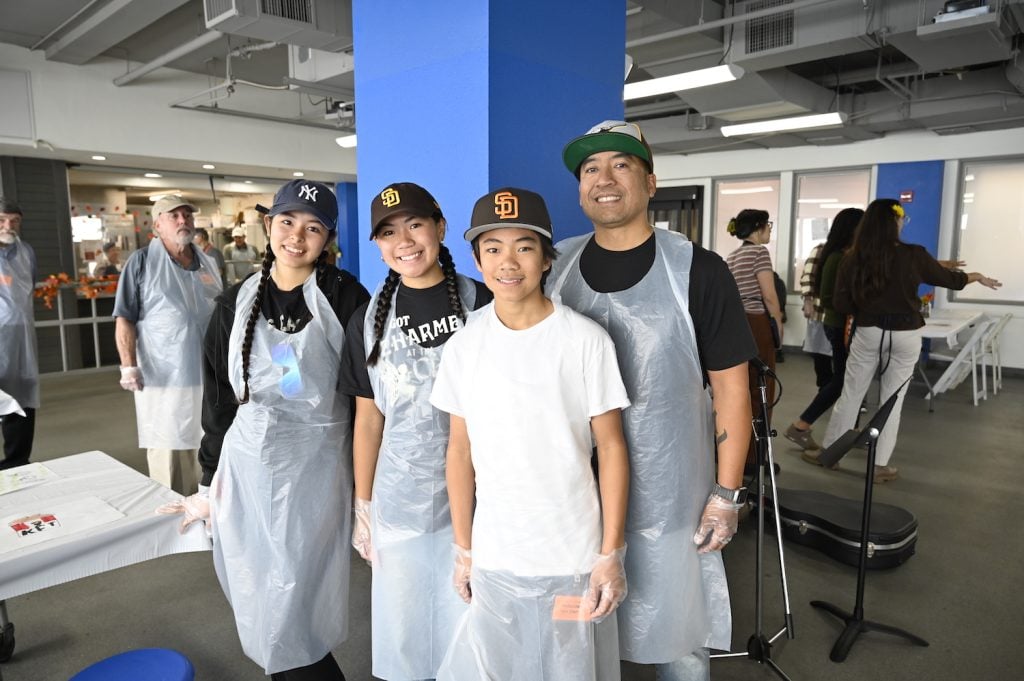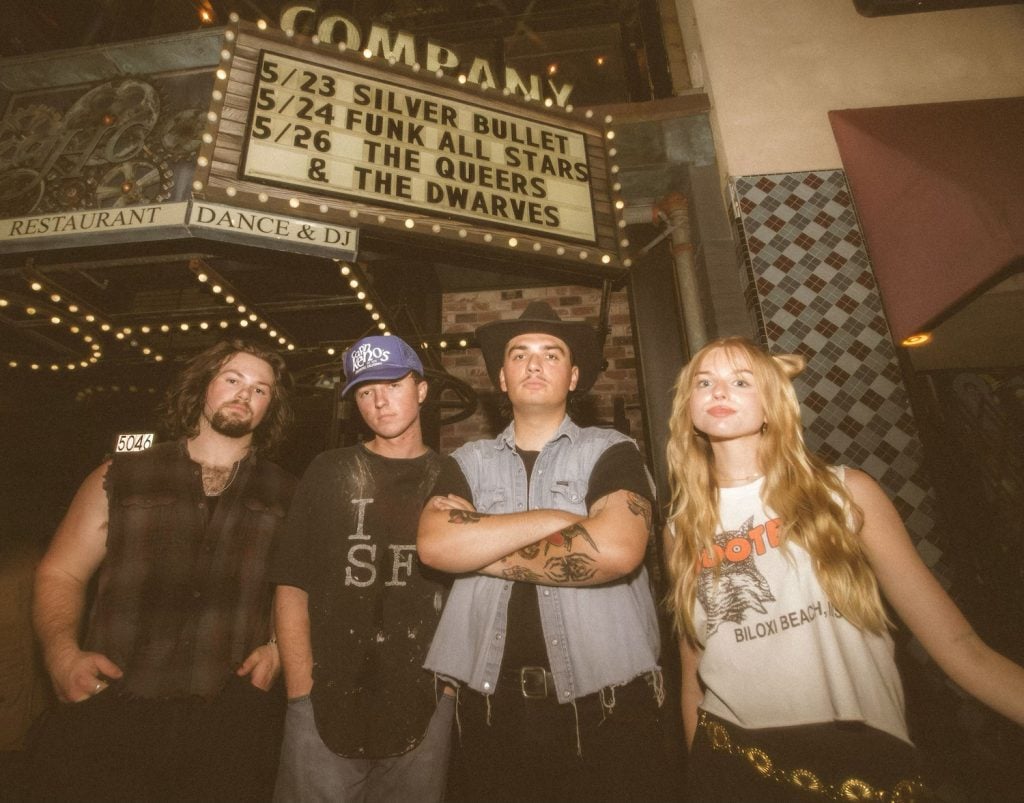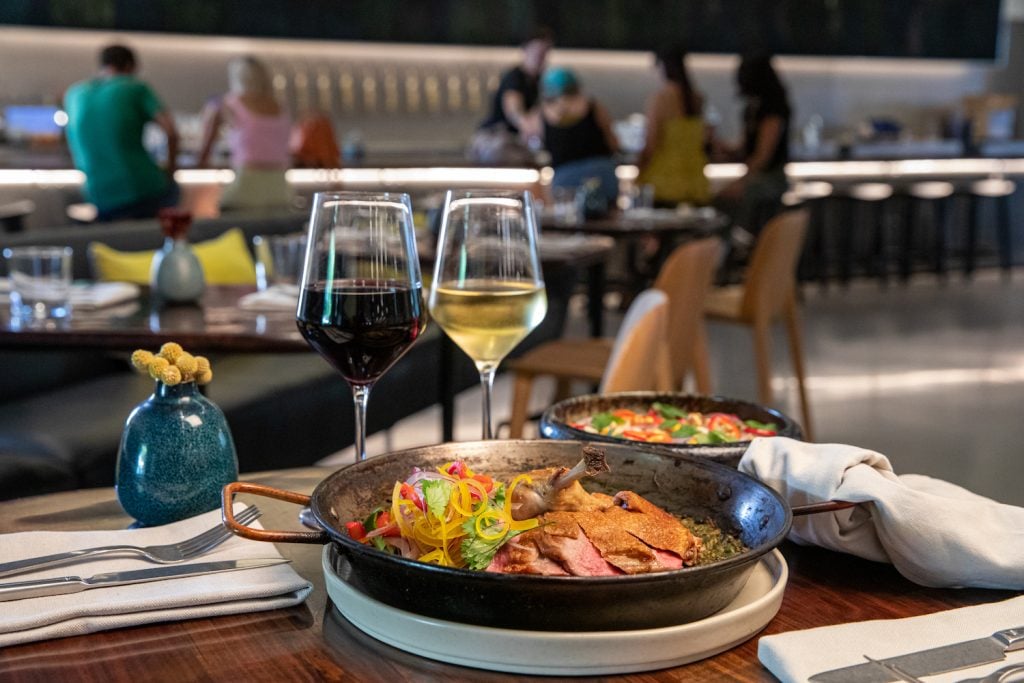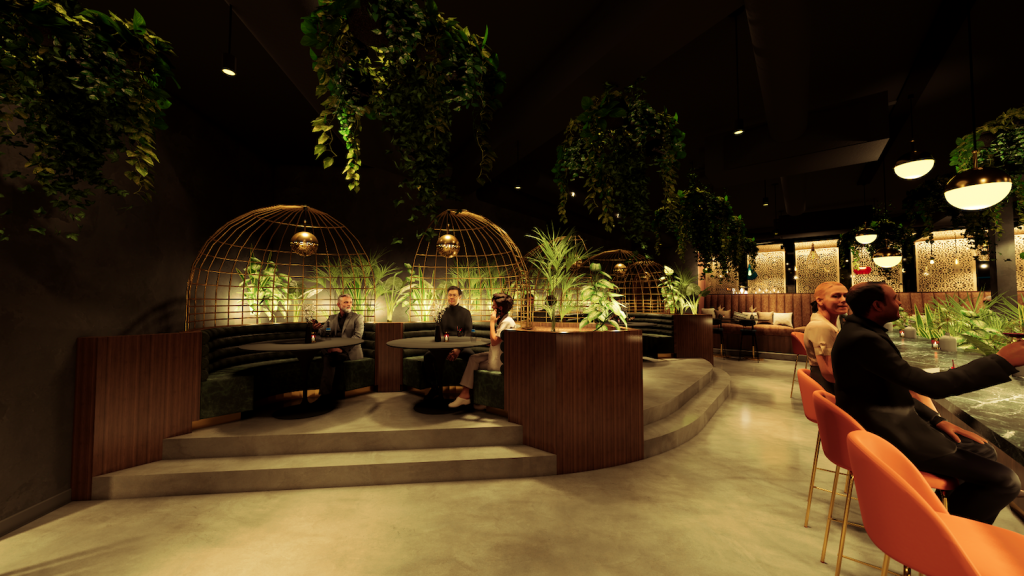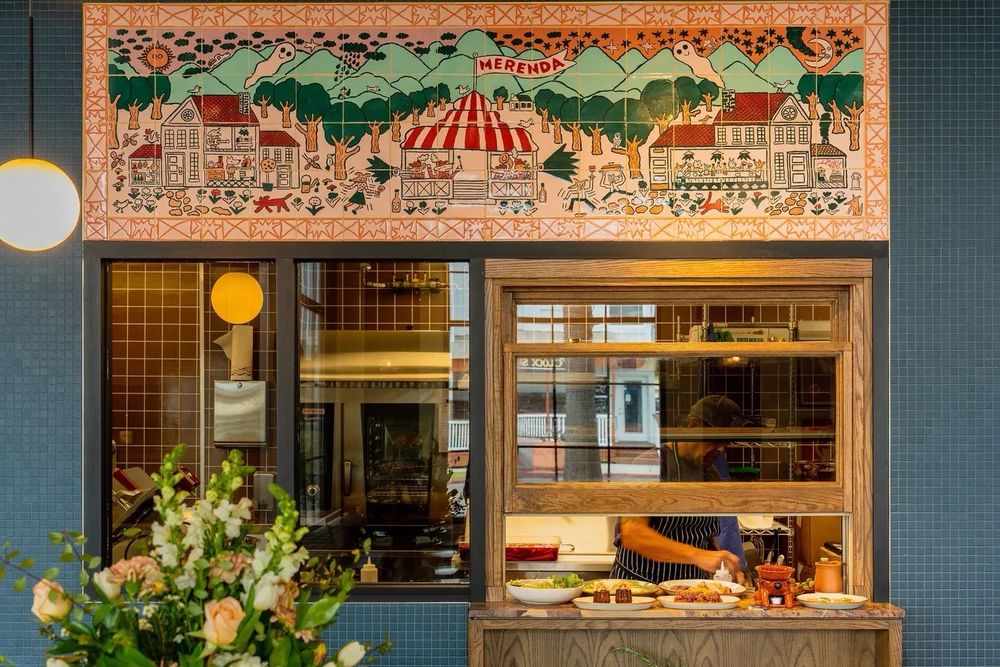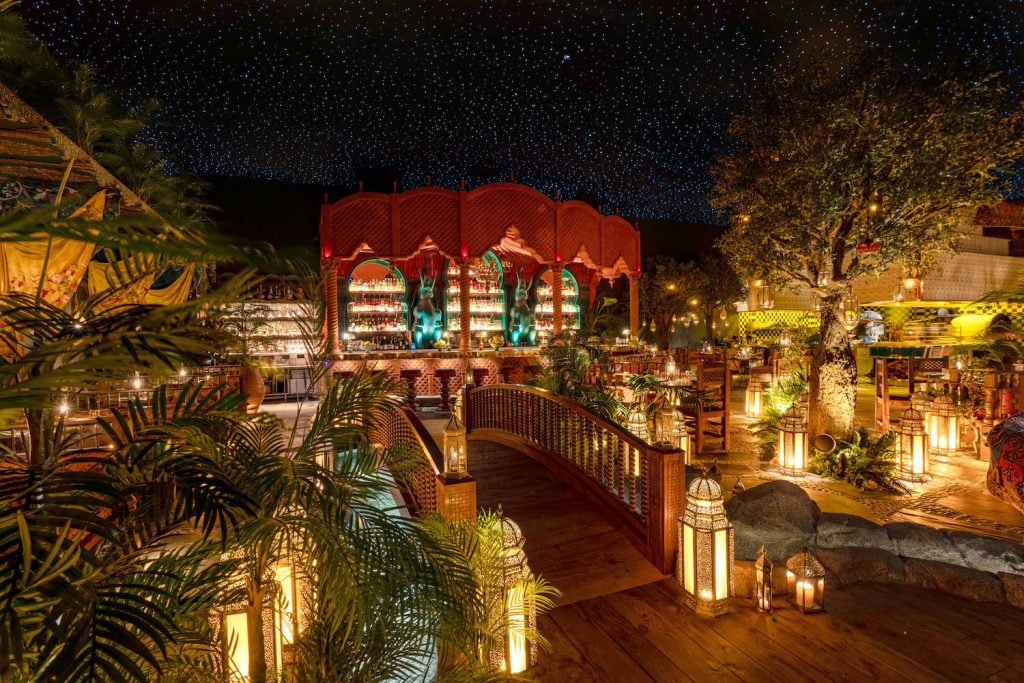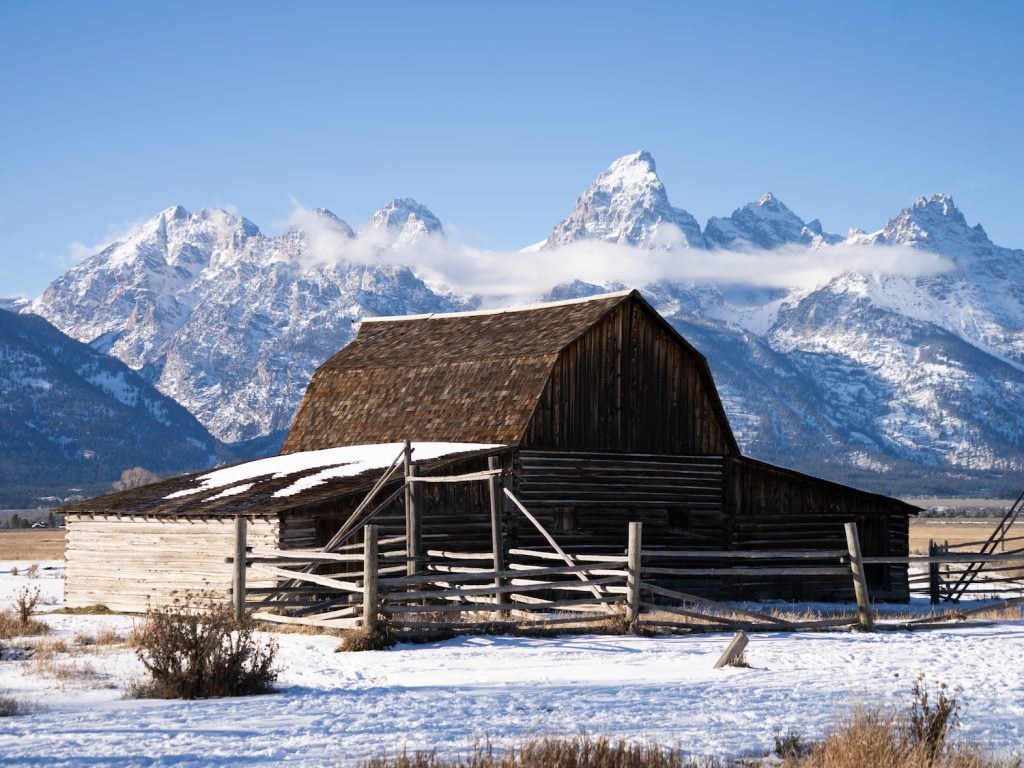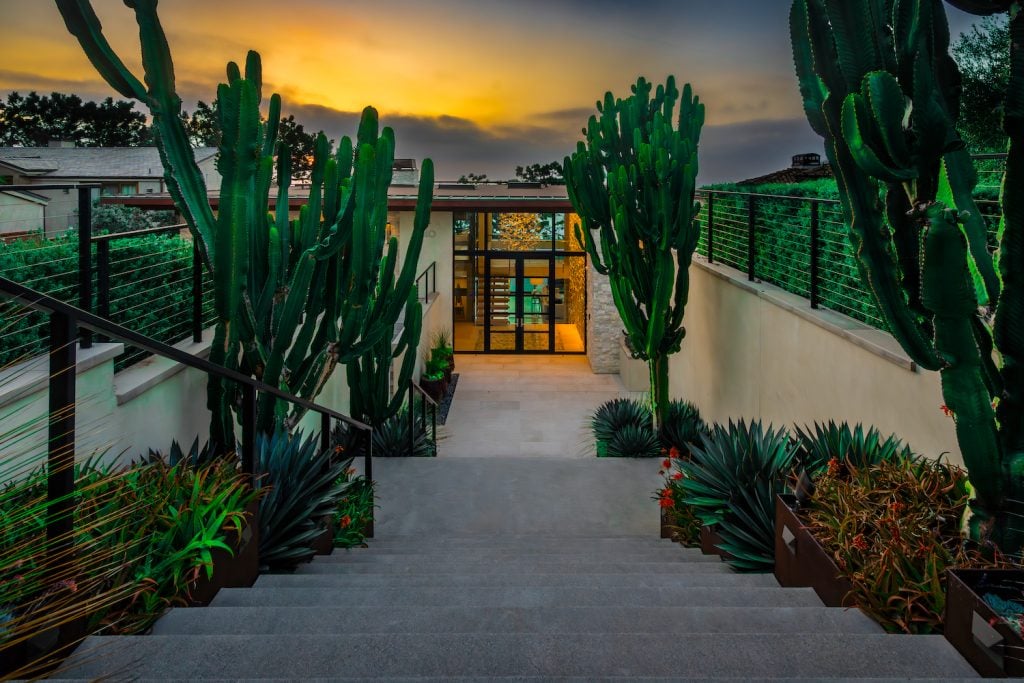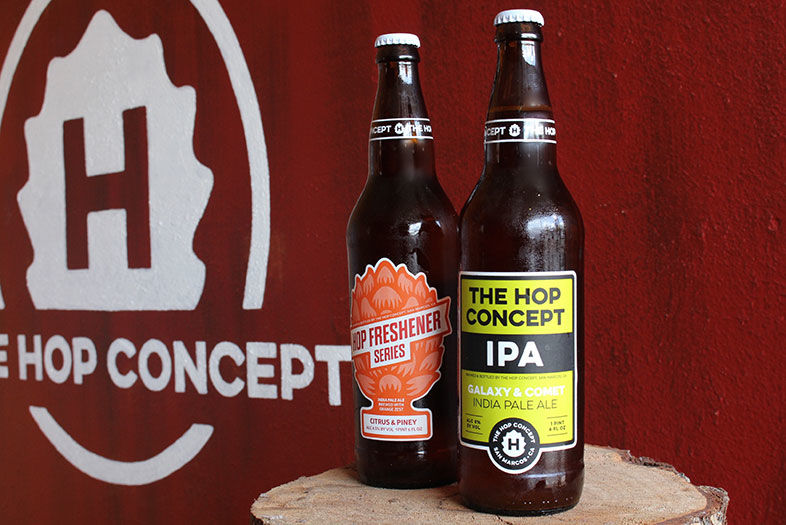It must have been divine inspiration. Despite the fact that the folks at Port/Lost Abbey were already managing two very successful and distinct “brands” that resided within the same facility, they were somehow inspired to create a third. This brand, they decided, would be somewhat experimental and it would showcase the many tantalizing facets of hop aromas and flavors. By highlighting the rich variety of hop characteristics, they also hoped that their Hop Concept brews would enrich understanding and appreciation of all the great things that hops can do.
The Hop Concept, in its entirety, consists of two kinds of hop-centric beers: the Hop Fresheners Series and the Hop Concept IPAs. The Hop Fresheners focus on using hops to create beers with very specifically defined flavor-and-aroma profiles. The first Hop Freshener beer, for example (released at the end of Feb 2015), was called Dank & Sticky. The subsequent beers, released each quarter, were Citrus & Piney, Lemon & Grassy, and Tropical & Juicy.
“Lemon & Grassy was by far the hardest one of the beers to pull off,” says Lead Brewer Steve Burchill. “When you specifically say ‘lemon’ is going to be a main component, that is tough. People really know what lemon tastes like, and the more specific you get, the more difficult it is to pull off.”

Experimenting With Hops
Citrus & Piney | Photo by Bruce Glassman
Citrus & Piney | Photo by Bruce Glassman
Despite the difficulty level—actually because of it—Steve and the brewing team are stoked to take on the challenge of brewing Hop Concept beers. Steve admits that, usually, he doesn’t want people to taste the brewery’s beers and say, “Oh, this tastes like orange, or this tastes like grapefruit,” but that’s exactly what he’s asking people to do with the Hop Freshener line. “When you put a glass of something you’ve named “Citrus & Piney” down in front of someone, then that’s going to be exactly what they expect. If the beer is not that, they won’t be happy. It could still be a great IPA, but if it’s not citrus and piney, it fails in that sense. So, not only do we have to make a great beer, we have to make a beer that really fits the descriptors.”
According to Steve, the first Hop Freshener release, Dank & Sticky, was an easier promise to fulfill. The “dankness” they were looking for is what Steve describes as a “green” quality; an “old-school hop character.” The “sticky” aspect, he says, is a resinous mouthfeel that they wanted for the beer (the hop resins are where all the oils are and much of the flavor comes from). Steve recalls that when he and former head brewer Matt Webster were creating Dank & Sticky, they decided there should be a two-hour boil with different hops added every ten minutes. “That is specifically for the sticky part—the resin,” Steve says. “The boil is where the hop oils really get extracted.” Dank & Sticky is notable because, as Steve says, it uses a blend of old-school and new-school hops. “The boil part of that beer is very old school—Chinook, CTZ, Eureka, Cascade—classic IPA hops. And when you get into the dry hops, it’s the newer varieties, like Comet and Mosaic.”
Polarizing Hops
The second group in this hop-worshipping product line is the Hop Concept IPAs. These beers showcase paired hop varieties that the brewers have never used before, or have used only in very small amounts. The first release in this series was the Hull Melon & Blanc IPA, made from two classic German varietals. “The Hull Melon & Blanc was interesting,” Steve says, “because the Germans are now trying to get into the game of creating aroma hops—they have their classic aroma varietals, like Saaz, which can be peppery, earthy, or grassy, but those don’t really work too well in most American IPAs. We had never used the Hull Melon & Hallertau Blanc before; they are daughters of Cascade, which is the classic American aroma varietal. The final result was very interesting. It was kind of polarizing, actually. Some people called it an ‘Imperial Pilsner,’ because it had that noble hop quality to it. We called it our ‘German IPA’ and we learned that those hops probably play better with other American hops and not so well just on their own.”
Galaxy & Comet IPA was the second release in The Hop Concept IPA series, and it was another interesting pairing. Galaxy is a Southern Hemisphere aroma varietal from Australia that delivers bright, super tropical aromas and flavors. Comet is an old varietal from the seventies that was originally created in breeding programs for Budweiser and the mega breweries. “It actually got kicked out of the breeding program for being too hoppy” Steve says, “but Comet has since made a comeback. It plays very well with others—it’s great as a supporting hop and is also a great boil hop.”
The two other Hop Concept IPAs, to be released between now and the end of the year, will be Eureka & Mosaic IPA (next), and then Citra & Azacca IPA. These releases will alternate between the Hop Fresheners releases.
The Next Big Thing
Port Brewing already has a great portfolio of hoppy beers (Mongo, Hop 15, and Wipeout to name a few) so what did these brewers want to do with their “hop concept” that they couldn’t do with their other beers? “We wanted an outlet to use these other hops that we’d never really used before,” Steve explains. “We thought it would be really cool to devote a brand to experimental hops and trying to push the envelope of new IPAs.” In addition, the brewery didn’t want to “muddle up” its portfolio too much by adding another eight IPAs to its already IPA-heavy lineup. “The new IPAs would fit great in the Port portfolio, but we’d kind of be fighting ourselves,” says Steve. So, the team thought, from a marketing and sales standpoint, it would be easier to sell one Port IPA and one Hop Concept IPA rather than two Port IPAs. Besides, the Hop Concept would be something new, and everybody knows that craft beer fans are always searching out “the next big thing.”
Being new and experimental is great, but Steve and the Port/Lost Abbey team were also motivated by the idea that they could help craft drinkers think more about the unique characteristics of beer, which would, in turn, make them “more critical drinkers.” Steve also relishes the opportunity to show that, even though most brewers have access to the same basic ingredients, it’s how well a brewer uses those ingredients that truly makes the difference. “There is an art form to how you use your ingredients,” Steve says, “and getting people to understand that and to be more critical beer drinkers is beneficial to the entire beer community.”
Steve believes, as the collective level of palates in San Diego and the country gets higher, drinkers will be able to more easily tell what is good beer and what is bad beer and that knowledge is going to push the quality of all beer up.
Not All Hops Are the Same
Most average beer fans, even the experienced ones, don’t realize that there are literally hundreds of hop varieties grown around the world. Each variety has specific characteristics, just as different malts or strains of yeast do. So, a large part of the Hop Concept mission is to shed light on the fact that not all hops are the same. “The more you understand about something, the more interesting it becomes,” Steve says. “If we can introduce people to the depth and complexity of making beer, then we’re doing a good thing.”
Looking to the future, Steve explains that expanding the Hop Freshener Series would be challenging, mostly because the “descriptors” they could use are more limited (some—like “earthy”—don’t really make for a label that will entice drinkers). The Hop Concept IPA line, however, does have room to grow. “There are tons of varietals out there that we’ve yet to play with and that we’d love to play with,” Steve says. “And there’s new varietals coming out constantly.”
When asked if there’s a particular hop variety that he would like to experiment with next, or “tame,” Steve says, “With all the breweries and IPAs out there, I would bet there’s a good beer made with every kind of hop there is, it’s just how you use it. And that’s the really cool thing about it.”

Experimenting With Hops
The Hop Concept | Photo by Bruce Glassman

